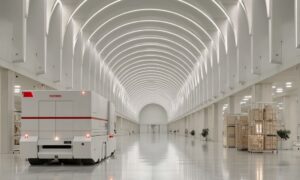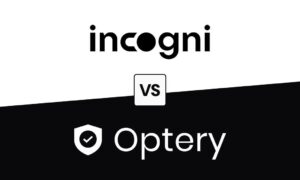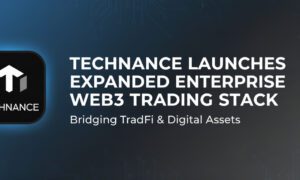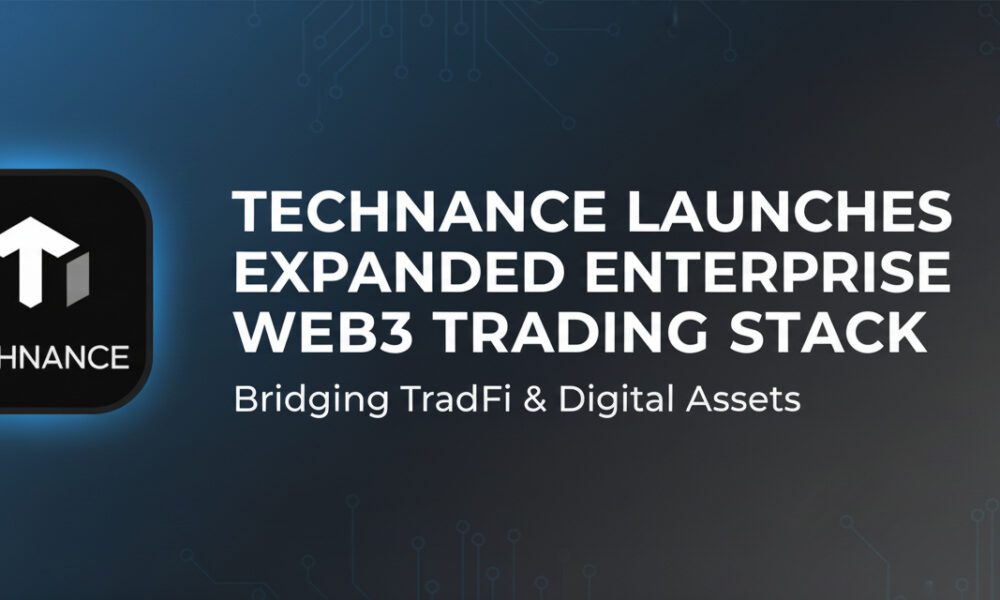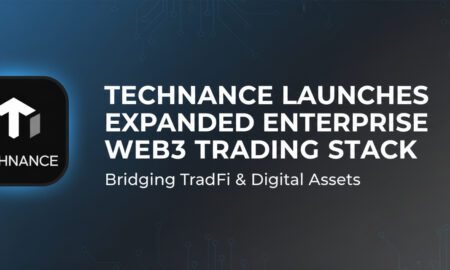Achieving a balance between growth and sustainability is a critical challenge in community development. While economic growth and development are essential for improving quality of life and creating opportunities, they must be pursued in a way that is environmentally responsible and socially equitable. Sustainable development seeks to meet the needs of the present without compromising the ability of future generations to meet their own needs.
Balancing growth and sustainability requires thoughtful planning, smart resource management, and a long-term perspective. It involves considering the environmental impact of development projects, promoting energy efficiency and renewable energy sources, and integrating green infrastructure and sustainable design principles. Additionally, it entails fostering social inclusivity, ensuring affordable housing, promoting public transportation, and supporting local businesses.
Gus Romo, founder of Romo Planning Group and an experienced City Planner, understands the intricate relationship between growth and sustainability. His valuable insights shed light on the need for proactive planning, collaboration, and innovative solutions to create thriving communities that preserve the environment and enhance the quality of life for residents.
The Interplay Between Growth and Sustainability
The interconnectedness of growth and sustainability in community development is undeniable. Growth, in terms of economic development and population expansion, is often a primary goal for communities seeking progress and prosperity. However, sustainable development emphasizes that growth should not come at the expense of the environment or future generations.
“Sustainable community development is about achieving growth that meets the needs of the present generation without compromising the ability of future generations to meet their own needs,” says Gus Romo.
Sustainability recognizes that a healthy environment is essential for long-term economic growth and social well-being. It acknowledges that resources are finite and must be managed responsibly to ensure their availability well into the future. Sustainable community development seeks to strike a balance between economic growth, social equity, and environmental stewardship.
By integrating sustainable practices into community development, such as promoting renewable energy, green infrastructure, efficient resource management, and responsible land use, we can foster long-term prosperity and resilience. Sustainable development also emphasizes the importance of community engagement, social inclusivity, and equitable access to resources and opportunities.
Proactive Planning for Sustainable Growth
Proactive planning is essential for achieving sustainable growth in community development. It involves anticipating future needs, assessing potential impacts, and designing strategies that align with long-term sustainability goals. By taking a proactive approach, communities can effectively manage growth, mitigate environmental risks, and promote social well-being.
Sustainable community development requires careful consideration of factors such as land use, transportation, infrastructure, and resource management. Proactive planning ensures that these elements are designed and implemented in ways that minimize negative environmental impacts and maximize efficiency. It involves integrating principles of sustainability into zoning regulations, development codes, and comprehensive plans.
“By integrating sustainable principles into the planning process from the beginning, we can shape communities that thrive both economically and environmentally,” notes Romo. “Moreover, proactive planning involves engaging stakeholders and community members in the decision-making process. By soliciting input, fostering dialogue, and considering diverse perspectives, planners can create strategies that reflect the values and aspirations of the community.”
By being proactive in community development, we can avoid reactive, unsustainable practices and instead shape our communities to thrive in a changing world. It allows us to address challenges such as climate change, resource scarcity, and social inequities while fostering a resilient, inclusive, and environmentally responsible future.
Collaboration and Innovation for Sustainable Solutions
Collaboration and innovation are of utmost importance in finding sustainable solutions for community development. Collaboration brings together diverse stakeholders, including government entities, community organizations, businesses, and residents, to collectively address the complex challenges of sustainability.
By working together, pooling resources, and sharing knowledge, collaborations foster synergy and create a greater collective impact. Innovation, on the other hand, encourages the exploration of new ideas, technologies, and approaches to tackle sustainability challenges. It pushes boundaries, drives creative problem-solving, and enables the discovery of more efficient and environmentally friendly solutions. By combining collaboration and innovation, communities can unlock their full potential to create sustainable development strategies that promote economic growth, social equity, and environmental stewardship.
Romo encourages city planners, government agencies, community organizations, and residents to collaborate closely throughout the planning and implementation stages.
“By leveraging the knowledge, expertise, and unique perspectives of various stakeholders,” says Romo, “communities can develop creative solutions that address complex challenges.”
This collaborative approach can lead to innovative strategies, such as mixed-use developments, transit-oriented design, and green building practices, which optimize resources, reduce carbon footprints, and enhance the overall livability of communities.
About Gus Romo
Gus Romo understands the significance of balancing growth and sustainability for the well-being of present and future generations. By proactively planning for sustainable growth, fostering collaboration, and embracing innovation, communities can create thriving environments that preserve natural resources, promote social equity, and enhance residents’ quality of life. Romo’s insights serve as a reminder that by adopting a holistic and forward-thinking approach, we can achieve a harmonious balance between growth and sustainability in community development.
Gus Romo is the co-founder of Romo Planning Group in 2001. He has over 30 years of experience as a City Planner and through Romo Planning Group, he partners regularly with cities, counties, and private planning groups to supply public agencies with independent contractors. Mr. Romo holds his undergraduate degree from Cal Poly Pomona and his MBA from the University of Redlands.










